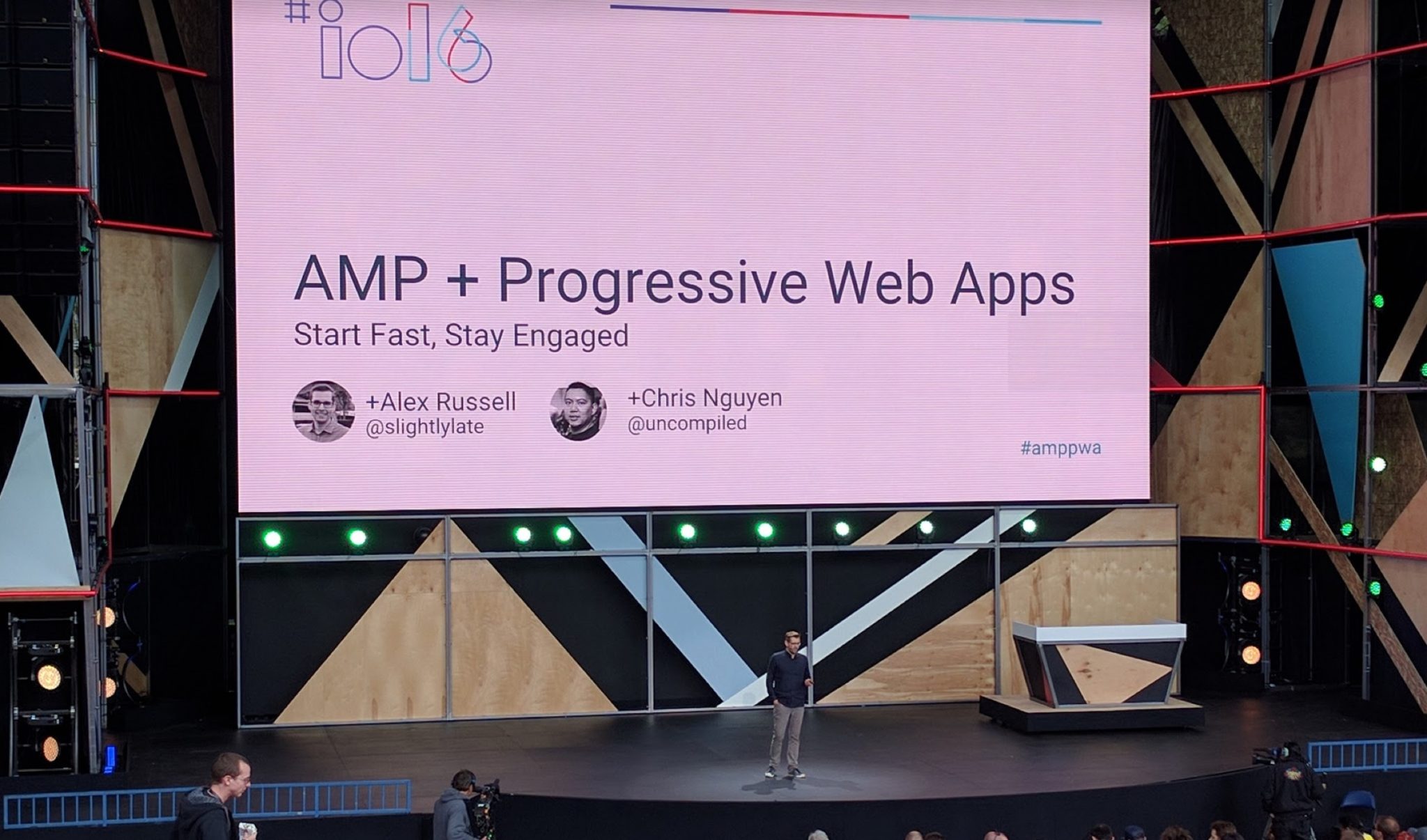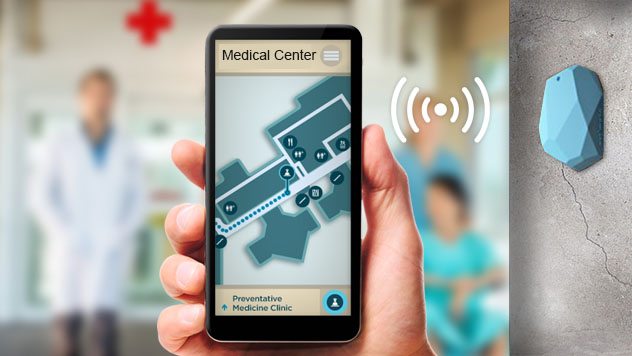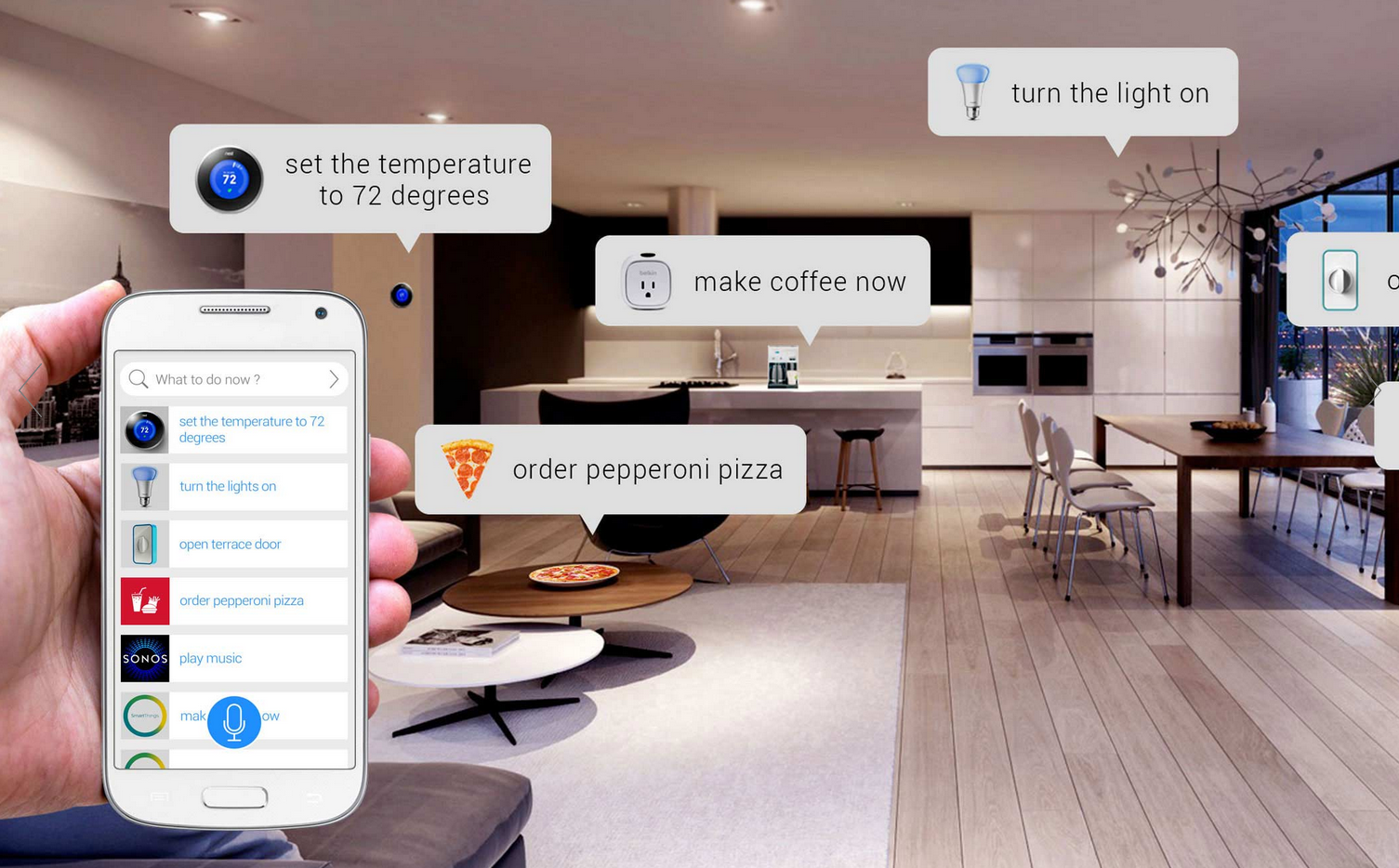This past year shaped up to be a phenomenal year for the app economy, and 2017 is set to be another progressive year. There’s been a continuous growth in the number of companies that are adopting the mobile-first mindset, and realizing that mobile is no longer an optional investment, rather a necessity. Mobile is more mainstream than ever, and businesses from all industries are relying on this channel to boost existing revenue by meeting customer demands.
Because of this shift of business practices, apps are in great demand and user expectations are higher than ever before.
Beyond Mobile
The number of mobile apps in the market is increasing faster than ever as the number of smartphone users continues to surge. Google Play houses 2.2 million apps while the Apple App Store has over 2 million apps – and these numbers don’t show any signs of slowing. If this isn’t convincing enough, Gartner predicts that more than 268 billion app downloads will generate nearly $77 billion worth of revenue in 2017.
Today, apps aren’t just built for smartphones, but for a myriad of other platforms including connected TVs, smart homes, IoT-enabled devices, and much more. With these various platforms, the app space holds a significant amount of promise and opportunity for both companies and consumers. Looking forward, there are some major mobile app development trends to look out for. What does the future hold for the app economy? We outline our top predictions on the tech trends to watch out for that will shape the way we use and think about app development:
-
Progressive Web Apps Gaining in Popularity
Progressive Web Apps have attracted a lot of attention because of the ease of development and the almost instant gratification for the app’s user experience (UX). A Progressive Web App is an application in which the user interface runs in a web browser. A mobile app loses 20% of its users for each step between the user’s first contact with the app and the first use. With a Progressive Web App, users will be able to immediately begin using it without downloading it first.
These apps have recently been taking off as a result of a significant increase in mobile browser audience. These apps work for every user, regardless of browser choice and are built with progressive enhancement as a core tenet.
Onstage during a session at Google I/O 2016, Alex Russell said, “Web apps blur the line between Web content and apps, but they keep the strengths of the Web.”
Progressive Web Apps are fundamentally designed to help websites load on mobile with unstable or poor data conditions. They use standard HTML5 components to provide a website that has the UX of a native app. More companies are realizing that most of their potential customers visit their website on mobile devices before even checking if there’s an app available in the app store. A progressive web application takes advantage of a mobile app’s core characteristics, resulting in improved user retention without the complexities involved in maintaining a mobile app. The capabilities of web apps are advancing quickly, including better performance, with special features such as push messaging.
-
Android Instant Apps Becoming More Common
Similar to Progressive Web Apps, Google recently announced Android Instant Apps, which delivers exactly what its name says- it enables Android apps to run instantly. These apps do not need to be downloaded or installed on a device, making it possible for users to access a wider range of apps seamlessly. For example, if a user is sent a link from a friend, they can open it with one tap. This enables them to utilize a specific feature from the app without actually installing it on their own device. This year we’ll be seeing more apps that “run-only-as-you-need”, which will change the app industry as a whole. These apps are typically previewed glances with a few advanced features missing. Android Instant apps are still in its early days, and only available for Android which is limiting, however, they’re great for apps people may not use as often.
-
Beacons & Location-Based Technology Will Continue to Rise
Within the last two years, we saw the advancement of location-based beacon technology and it shows no signs of slowing this year, particularly in the retail and healthcare space. Juniper Research predicts that by 2019, $43.3B worth of retail revenue will be generated by location-based services. Beacons enable retailers to bridge the gap between the in-store and online experience. They collect valuable in-store data, location-based push notifications, and even traditional in-store metrics such as footfall. Personalization has become more important than ever which is the main reason why beacons are gaining traction as engagement tools to enhance the overall customer experience.
-
Augmented Reality & Virtual Reality Taking Hold
A particularly important mobile app development trend to watch out for this year is augmented and virtual reality. With the release of Pokémon GO in 2016, there’s no surprise that AR development will continue to rise. Dominating the App Store, this mobile game proves AR technology has great potential to influence consumers in engaging and meaningful ways. Apps that utilize AR have often been perceived as promotional, however, a greater number of apps have started integrating AR into utility. An example of an augmented feature for utility is Yelp’s Monocle that uses AR to make finding food and attractions quick and efficient, providing the user with a street view.
Much has also been said about the growth of virtual reality as forecasts predict its growth into a $30 billion market by 2020. VR has come a long way in terms of performance and accessibility thanks to Google who introduced Cardboard back in 2014. In just one year, several leading tech manufacturers launched their own VR headsets, which is quickly pushing the technology to mainstream adoption. VR has been on the verge of breaking into mainstream culture throughout most of 2015, however, it finally started to pick up over the last 12 months.
2016 proved to be a competitive year for VR hardware beginning with Facebook’s Oculus, which paved the way with the release of Oculus Rift in late March. Soon after, HTC followed with the launch of its Vive headset in April. Samsung then released the Gear VR headset, followed by Sony delivering its PlayStation VR in October. Finally, Google unveiled its Daydream View in late 2016. In addition to all of this, Nintendo, Microsoft, and Qualcomm have also expressed interest in developing hardware for VR.
With a myriad of headset manufacturers and VR content creators, it’s no surprise that VR is finally market-ready and starting to acquire the attention of consumers as well as the media. With the hardware that’s available on the market now, we’ll begin to see a huge focus on experimental features, such as inside-out tracking and hand controls within the next year.
-
IoT Apps Will Surge With Smart Home Technology
This year we’ll also see more smart homes that will get much more interactive. Nest and ecobee are two companies that have trail-blazed smart home technology. Apps that cater to IoT and integrate seamlessly will reap the most benefits. For developers, integrations will involve complex mobile platforms and backend infrastructure that can communicate and share data between all devices for a unified experience.
We’ve been hearing about the up-and-coming revolution of the IoT, specifically the interconnectedness of smart home technology, but the problem has been an overly saturated market. There are many appliances and apps on the market right now, but there are very few solutions to unify devices into a simple, seamless UX.
Following the release of the not-so-popular Amazon Echo, earlier this year, Google unveiled its own Google Home smart speaker. Now that bigger companies are becoming more experienced in creating seamlessly connected user experiences- such as Google, Amazon, and Apple- we expect to see some major advancements on this front in the coming year.
-
App Security to be a Priority
The security of a smartphone has become more crucial than ever because of the quantity of personal user data it houses. Surprisingly, a large number of people still do not take smartphone security as seriously as they should, which proves to be a concern for app developers as well. Apps with built-in security features can make a large difference in the app space. Coding for Apple’s iOS is now moving from Objective-C to Apple’s own programming language, Swift. More developers will be adopting the use of this platform, providing better UX with more security features. With this new programming language, we’ll begin to see more secure apps in the market.
-
Wireless Audio
Since the release of Apple’s AirPods, wireless headphones have been all the talk as these little earbuds entered the market with a bang.
Samsung also expressed the possibility of ditching the conventional audio port on the Galaxy S8, which is said to be released early this year. We’ll definitely be seeing less wire this year as manufacturers are cutting cords with audio.
These are the top 7 mobile app development trends that we predict will take shape in the upcoming year, however, as user behaviors are shifting at a rapid pace, companies must adapt in order to meet demands. What is definite is the fact that users’ attention spans have shortened dramatically. Mobile users now spend approximately 8 seconds on an app every use, dropping from 12 seconds last year. Because of this shift in user behavior, mobile apps must have a great deal of value to entice a user to return for a longer session. If you fail to do so, you’ll risk losing your users to competition that offers a lot more value.
At its core, Clearbridge’s mobile app development process is designed to take the client’s vision and make it a reality. We provide rigorous, deep-dive product definition, strategy consultation, and product roadmapping to create an actionable plan for the design, development, and delivery of the custom mobile app.












